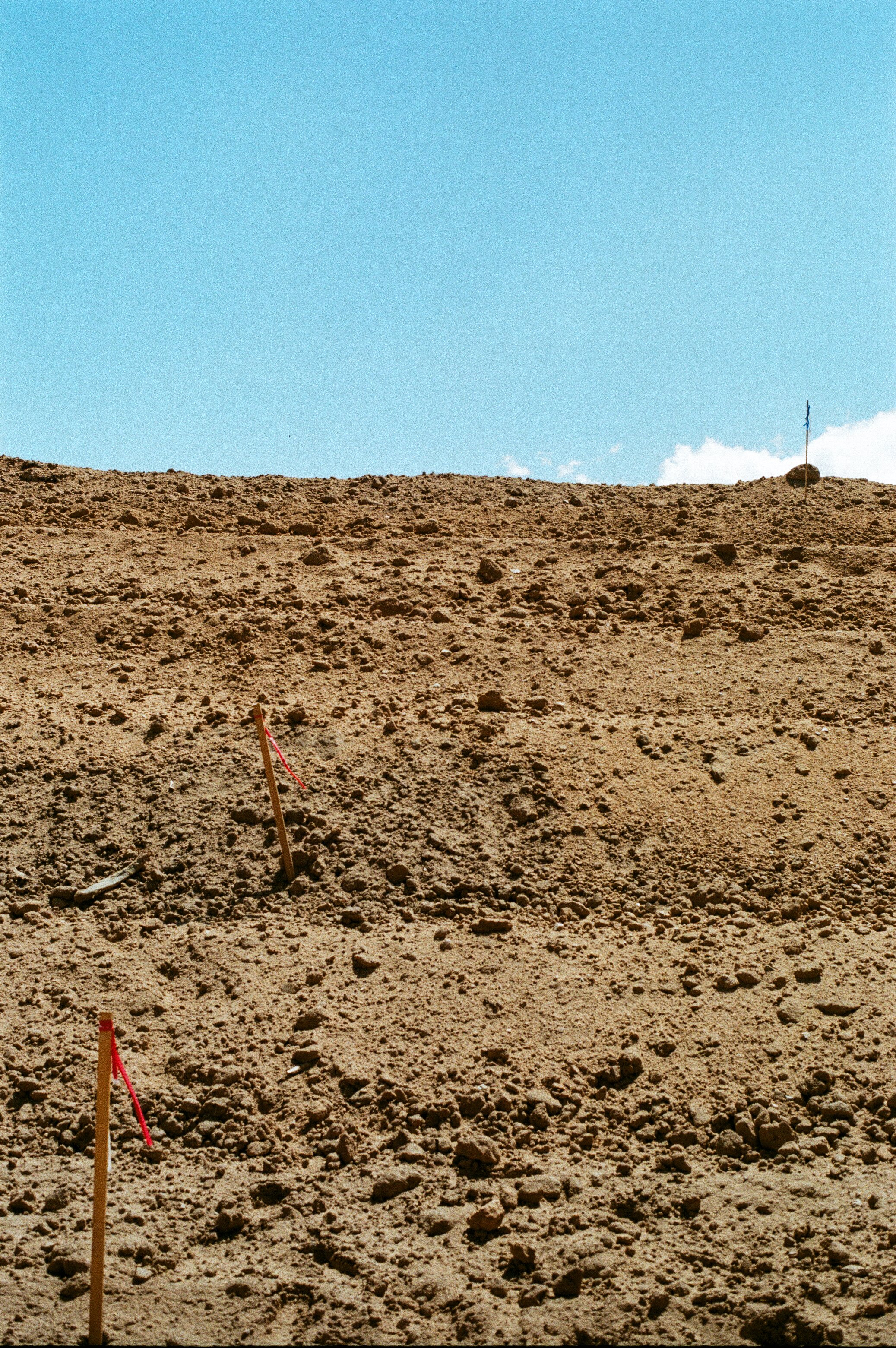
A Brief History About Tapestry
On July 1st, 1988 the city of Hesperia was established as a duly organized municipal corporation of the State of California. On January 5th, 1990, less than two years after its establishment, the city of Hesperia was approached by the group, Las Flores Limited Partnership, with a development plan originally known as document “1990 Ranchero Las Flores Specific Plan (Ordinance 78). The plan was to use 9,865 acres of land south of Hesperia to create more homes and a new community. Four days after its submittal, the city of Hesperia held a public hearing on January 9th, 1990 to consider amending the Specific Plan, it was soon approved and adopted on February 15th, 1990.
This plan and all development within the original space remained untouched by the city of Hesperia and its original development group till it was bought out after the 2007-2008 financial crisis.
After its resurgence, The Hesperia Venture I, LLC, proposed a project consisting of the development of a maximum of 19,206 residential units; two mixed-use town centers with approximately 500,000 to 700,000 SF of commercial and retail space, 387 acres of parkland; trails totaling 59 miles; eight elementary schools, two middle schools, and two high schools totaling approximately 263 acres; public and civic facilities, a wastewater reclamation plant; drainage facilities, domestic and recycled water infrastructure and preservation of approximately 3,004 acres of open space. The city of Hesperia’s intention for this project was to bring more money to the High Desert along with an abundance of jobs. The scale of the project alone would provide jobs for local construction agencies for over 25 years, generating over a billion dollars in revenue.
The project would also repeal and replace the existing Rancho Las Flores Specific Plan and undergo another name change, this time “Tapestry Specific Plan” Due to the inactivity of the plan, the city of Hesperia was required to conduct an Environmental Impact Report (EIR) to analyze the possible environmental impacts that the project could have on the surrounding areas.
On September 24, 2015, the Planning Commission of the City of Hesperia found that the EIR stated that the “Tapestry Specific Plan” will have a significant effect on the environment. These findings led the city of Hesperia to adhere to the environmental regulations found in the EIR and resize the plan from a “19,206” home site to a “15,663”. This downsize, and additional adherence to the new environmental regulations allowed for the project to continue.
During the meeting on August 27, activists Michael and Linda Cutillo started a “Citizen’s Against Tapestry Petition“ that would later be used against the council in efforts to stop the Tapestry Project from happening. After multiple attempts to stop the project, it would eventually be adapted, updated, and approved by the city in January of 2016. The City of Hesperia and DMB Developers began construction on the Tapestry Project in July of 2022, three decades after its original proposal.
More up-to-date information can be found on our Journal Page.
Drone footage by JD Lomeli
@thaadroneguy on Instagram


